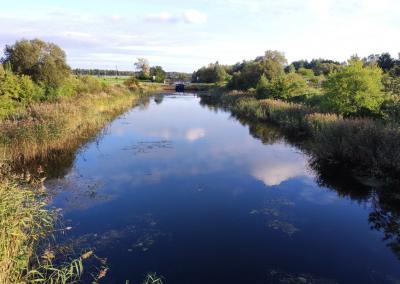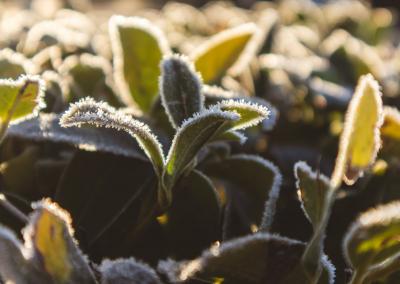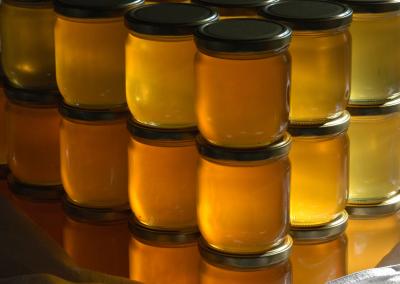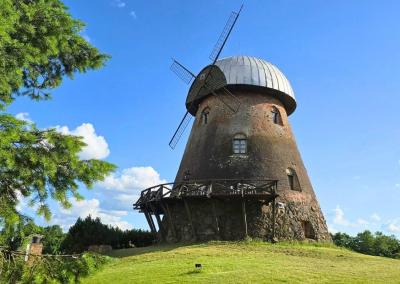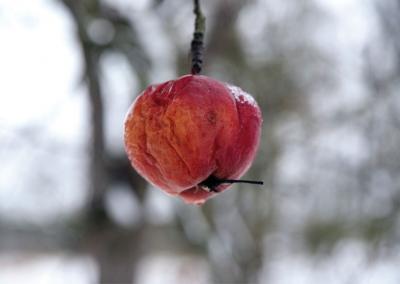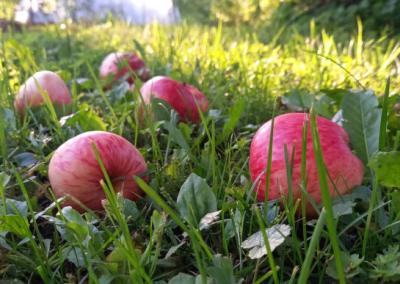Pollen can change the colour and clarity of water bodies
When the weather is clear, we notice lots of pollen in the air and on various surfaces. People who are not allergic should not be afraid of this phenomenon.
In May, the flowering of trees reaches its peak – birch, ash, maple, poplar, spruce and other trees are in bloom at this time. Consequently, pollen concentrations in ambient air are high.
Vilma Bimbaitė, head of the air quality assessment unit, says pollen is mostly larger than 10 µ meters in size and is classified as a fraction of suspended particulate matter. Only a small fraction of pollen is included in PM10 and inhaled into the lungs. Due to the intense spring flowering on sunny days, the air is saturated with pollen, which is deposited on surfaces, and we can observe that cars, various surfaces and water bodies are covered with yellow dust. If you open the windows in your house, pollen also gets indoors. For healthy, non-allergic people, high concentrations of pollen in the ambient air do not have a significant impact on health.
Pollen pollution and discolouration and transparency of water courses. This is because even large amounts of light pollen in the air are imperceptible, but pollen in the water does not drown, but accumulates on the surface and thus covers it. In rivers, lakes and the Baltic Sea, where the waves lap against the shore and there are rivulets, the pollen-laden water is agitated and foams. Residents are surprised by the discolouration or foam. The Environment Agency's laboratory has repeatedly tested the pollen-laden water and found that the elevated levels of sinking particles in the water are of natural origin, while microscopic examination of the samples showed that the water was very high in pollen.













